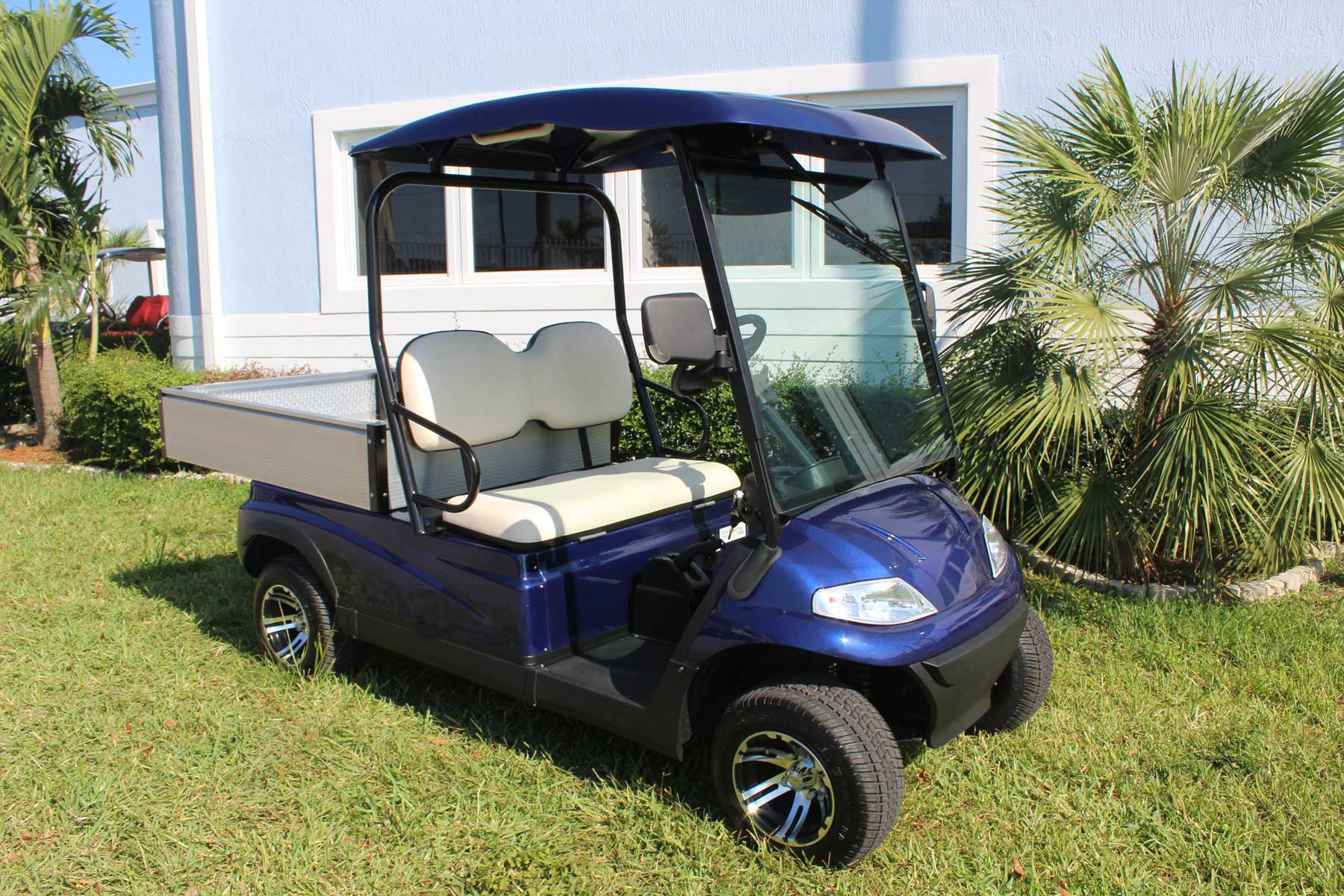
Policy shifts the transition into high gear This is a stringent pace, but not unprecedented internationally – China installed 120 gigawatts of wind and solar capacity in 2020 alone. The study represents an important follow-up to the original 2035 Report, showing that a 90% clean grid can handle additional demand due to electrification without raising costs from today's levels, but that additional capacity will be required by about 120 gigawatts per year of wind, solar and storage. The 2035 Report 2.0: Plummeting Costs and Dramatic Improvements in Batteries Can Accelerate our Clean Transportation Future evaluates the impacts of achieving 100% light-duty EV sales by 2030 and 100% medium- and heavy-duty EV sales by 2035, combined with a 90% clean electricity grid by 2035 (or DRIVE Clean scenario), compared to a business-as-usual (No New Policy) scenario, and finds rapid transportation decarbonization is cost-effective and feasible through vehicle electrification.
#Smart utility vehicle full#
Going full speed ahead on electrification drives major benefits These are necessary actions to accelerate transportation electrification, but additional, key vehicle transportation policies could really kick the EV transition into high gear. The plan also includes $52 billion to increase domestic manufacturing of EVs and the EV supply chain, while supporting transportation sector workers throughout the transition. However, these benefits will not be realized without smart policy to accelerate electric vehicle (EV) adoption and unlock advantages ranging from global competitiveness to improved public health.īiden's recently released American Jobs Plan will pave the way towards equitable widespread transportation with its goals of $174 billion investment in the EV market, 500,000 installed charging stations by 2030, electrifying at least 20% of the school bus fleet, point-of-sale EV rebates and tax incentives, and building a resilient clean power system that underpins this entire transition. Researchers at University of California, Berkeley, Energy Innovation and GridLab analyzed the latest battery and infrastructure costs and found that the transition to 100% electric car sales by 2030 and all-electric truck sales by 2035 (or all electric vehicle sales by 2030/2035), combined with a 90% clean electricity grid by 2035, could deliver $2.7 trillion in consumer savings through 2050, or an average of $1,000 per household every year, while also creating 2 million jobs in 2035, and reducing economy-wide emissions 45% by 2030. A major focus of the "Build Back Better" plan is on transportation electrification, and now, new research shows vehicle electrification, and the associated infrastructure buildout needed to support it, could happen faster than previously thought, while delivering major economic, climate and health benefits.

infrastructure, build an equitable clean energy economy, and stimulate recovery from COVID-19. The Biden administration recently unveiled a $2 trillion plan to modernize U.S. The #1 can charge quickly, reaching a maximum of 150kW at compatible DC public stations for a 10-80% top-up in less than 30 minutes.The following is a contributed article by Amanda Myers, senior policy analyst at Energy Innovation. This puts the Smart ahead of a Peugeot e-2008, but behind the Niro EV’s range figure. Under its skin, the #1 has a 66kWh battery (62kWh of which is usable), for a driving range of up to 273 miles with a single motor. For speed freaks, an even more powerful Brabus version with dual motors and 422bhp is also on its way.


Despite the #1’s jump up in size and weight, it’s enough to get it from 0-62mph in a lively 6.7 seconds – quicker than a Volkswagen ID.3. Power has also been supersized, with even the standard version getting 268bhp from its rear-mounted electric motor. This makes it similar in size to a Kia Niro EV, and four tall adults can sit comfortably inside. That’s despite the #1 already being a very different proposition to a Smart Fortwo, measuring 4.3 metres long and 1.6 metres tall. The brand is being rebooted, and it’s now under the ownership of Mercedes and Geely, the Chinese parent company of Volvo, Polestar and Lotus.Īs its name suggests, the #1 (pronounced “Hashtag one”) is the first in a new generation of all-electric Smart models, so even bigger cars will be on the way. It’s all change at Smart, because its #1 SUV bears little resemblance to the famously tiny city cars it has been famous for since the 1990s.


 0 kommentar(er)
0 kommentar(er)
